Snowboarding: where adventure meets freedom on a slippery slope. For beginners, it’s an adrenaline-packed roller coaster with a side of “Oops, did I really just do that?” Safety is your best buddy as you master the basics. Buckle up for some snowboarding safety tips for beginners that’ll have you saying “Look, Ma, no face-plants!” This guide is your ticket to safe shredding, helping you conquer the mountains with fewer wipeouts and more “Did you see that?” moments
By nailing down key safety tips, you’ll strut down the slopes with swagger. From packing your gear to mastering the art of the graceful tumble, this post spills all the secrets beginners need for snowboarding safety. Dive into these savvy tips to upgrade your snowboarding escapades.
Table of Contents
Pre-trip Preparations for Beginners:
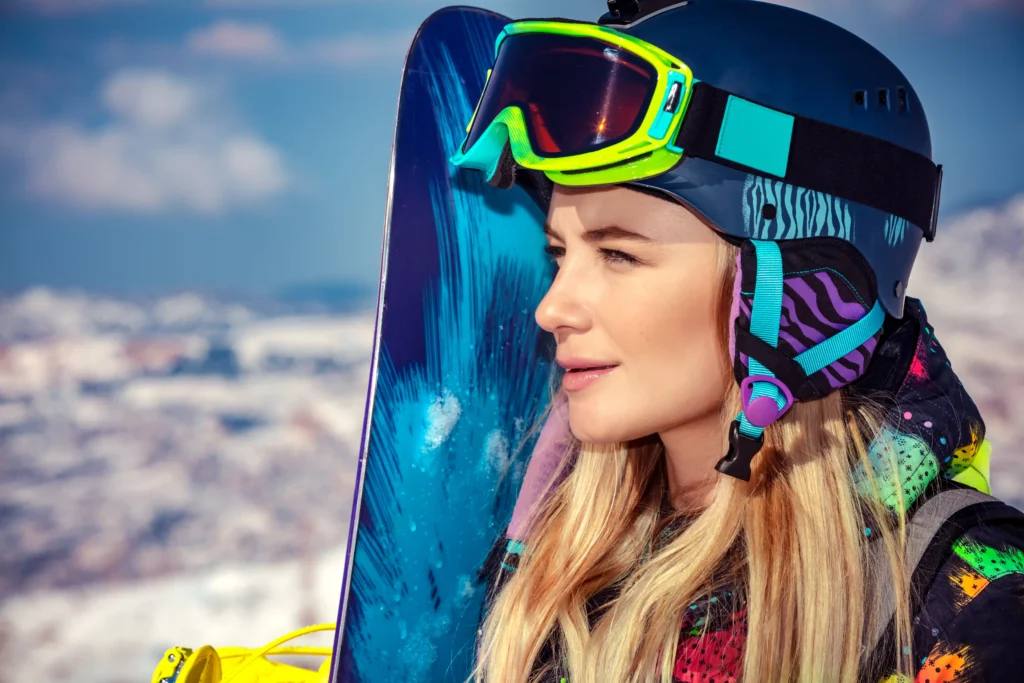
Choosing the Right Gear: Most Important Snowboarding Safety Tips for Beginners
Selecting the right gear is key to a safe and enjoyable snowboarding experience. First, ensure your snowboard fits your height and weight. A board that’s too long or short can affect balance and control, increasing accident risks. Bindings should be secure and adjusted to your boots.
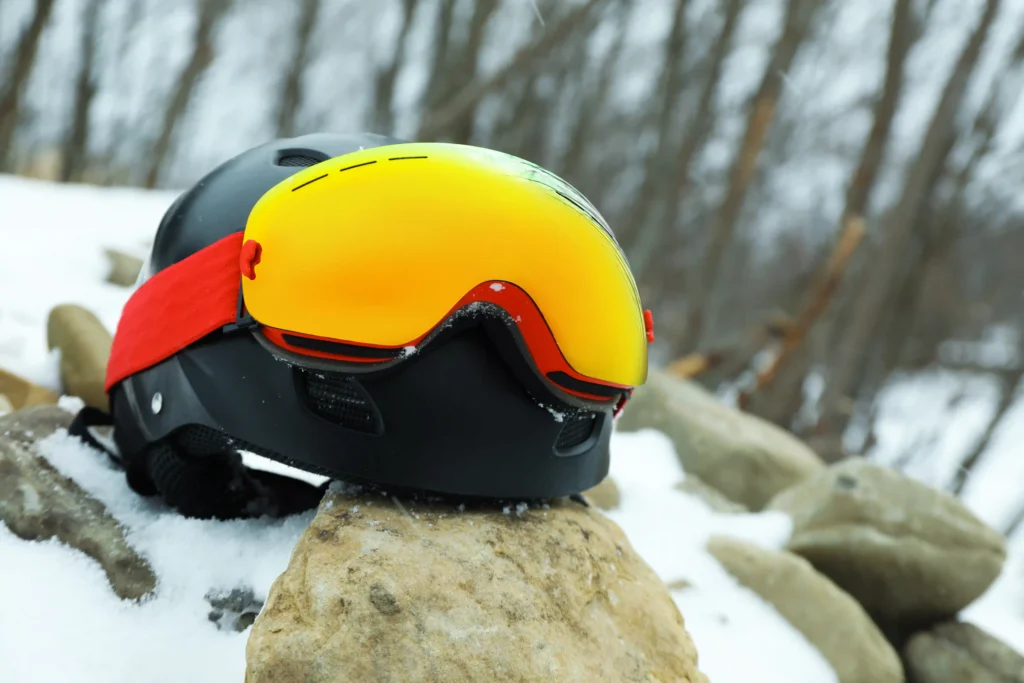
Don’t forget protective gear. A well-fitted helmet is crucial to protect your head. Wrist guards, knee pads, and padded shorts add protection during falls. Lastly, dress in layers to stay warm and dry; moisture-wicking base layers, insulating mid-layers, and waterproof outerwear are essentials.
Basic Exercises to Improve Balance and Strength before Snowboarding:

Before hitting the slopes, it’s helpful to do exercises that boost balance and strength. Core exercises like planks and Russian twists improve stability, vital for controlling your snowboard. Leg workouts such as squats and lunges build strength for navigating different terrains. while snowboarding, helping you feel more confident when you finally strap into your board.

Balance training is also key. Activities like yoga and Pilates enhance balance and flexibility, easing slope maneuvers. Practicing on a wobble board or stability ball can mimic movements you’ll perform.
On the Slopes Safety Tips for Snowboarding
Understanding Snowboarder Responsibility Code
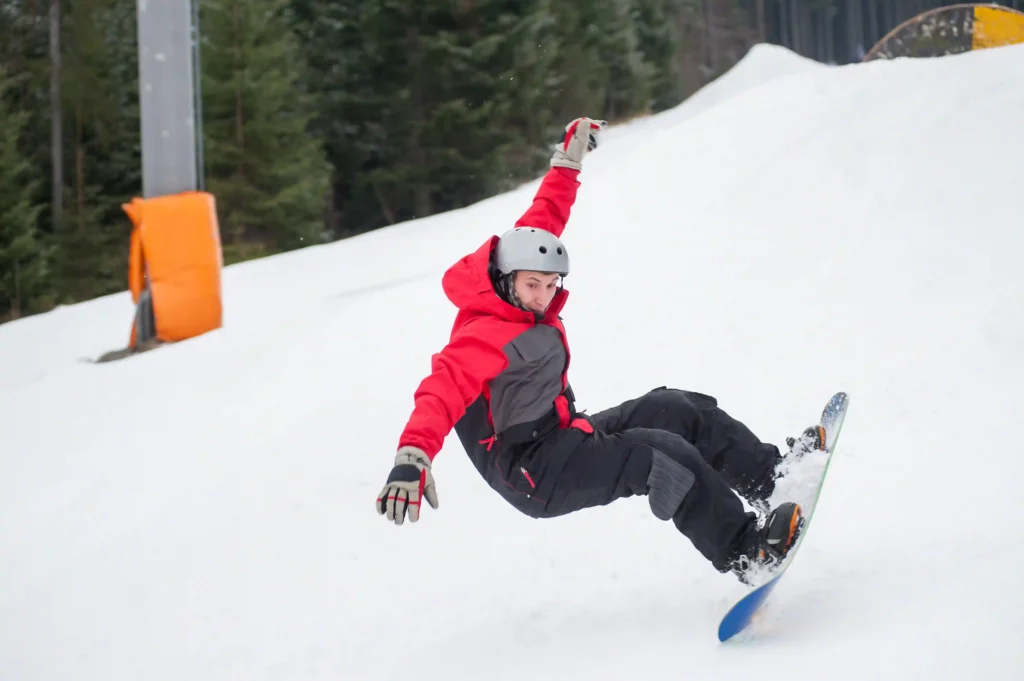
Knowing the Snowboarder Responsibility Code is crucial for your safety and others’. It covers basics like yielding right of way, maintaining control, and being aware of your surroundings. Always follow signs and warnings, which provide crucial details about slope conditions and hazards. Respect other snowboarders and skiers by giving enough space and avoiding sudden stops in busy areas. If you need to rest, move to the side of the slope. Following these guidelines will help create a safer mountain environment.
Tips for Safe Navigation and Stopping in Snowboarding

Safe navigation on the slopes involves more than just going downhill. Look ahead and anticipate changes in terrain or obstacles. Keep your knees slightly bent and your weight centered for balance and control. When turning, use your shoulders and hips to guide the board instead of just your feet.
Learning to stop safely is crucial to prevent accidents. The “falling leaf” is the most common stopping technique, where you shift your weight to the uphill edge of the board to slow down gradually. Practice this on gentle slopes until comfortable. Always look uphill before starting or stopping to ensure you’re not in the way of other snowboarders.
Dealing with Common Issues in Snowboarding
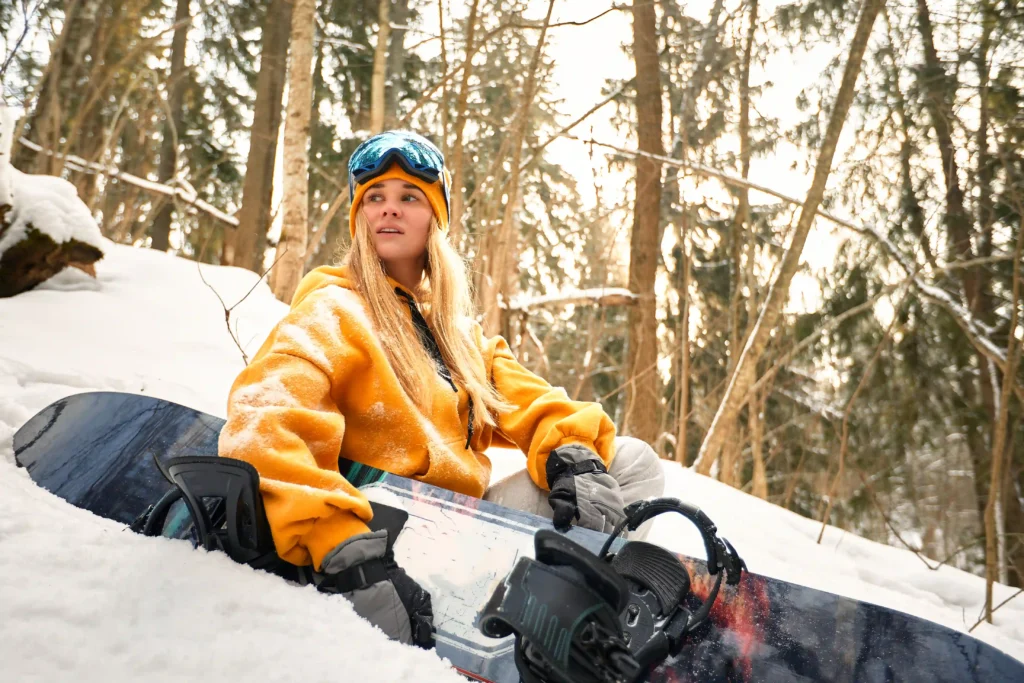
Handling Falls and Avoiding Injuries
Falling is part of learning to snowboard, but knowing how to fall safely can reduce injury risk. Relax your body and avoid using your hands to break a fall, as this can cause wrist injuries. Instead, try to land on your forearms and roll to distribute impact. Wearing protective gear can significantly lessen injury severity. Practicing proper techniques, like keeping your weight centered and maintaining a low stance, can help you regain balance quickly and decrease the chance of falling.
Recognizing Signs of Fatigue and When to Rest
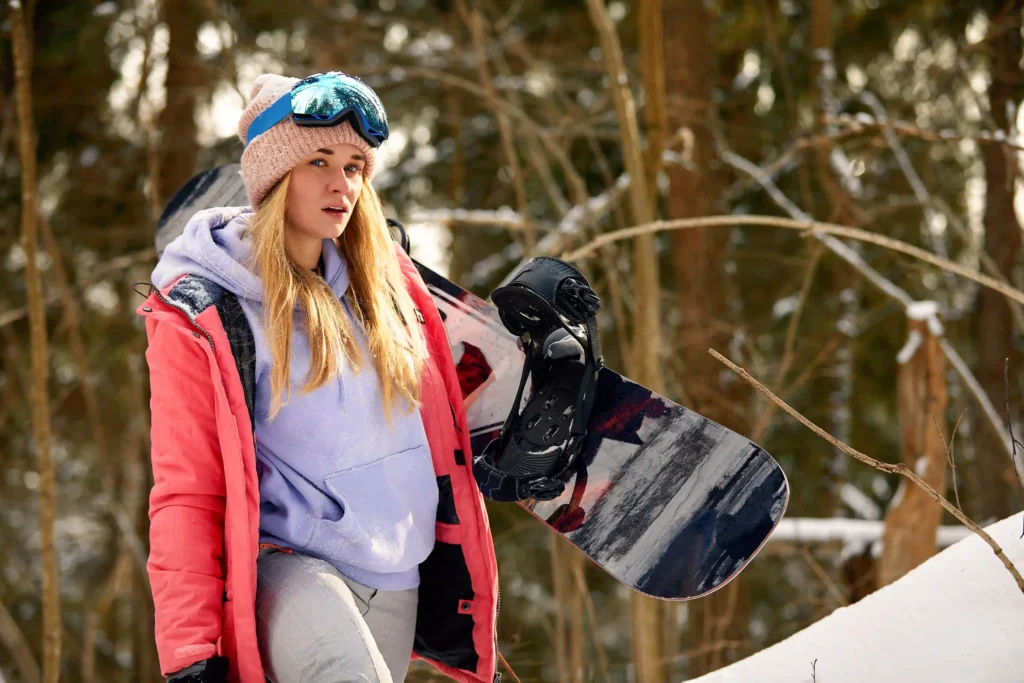
Recognizing fatigue is crucial to preventing accidents. It can impair reaction time and coordination, increasing the risk of falls and injuries. If you feel tired, take a break and rest. Listen to your body and know your limits; pushing too hard can lead to exhaustion and decrease your enjoyment of the sport.
Hydration and nutrition are key to maintaining energy. Drink plenty of water and eat nutritious snacks to keep your energy up. Regular breaks to rest and refuel help you stay alert and perform your best on the slopes.
Weather and Terrain Awareness for Snowboarding
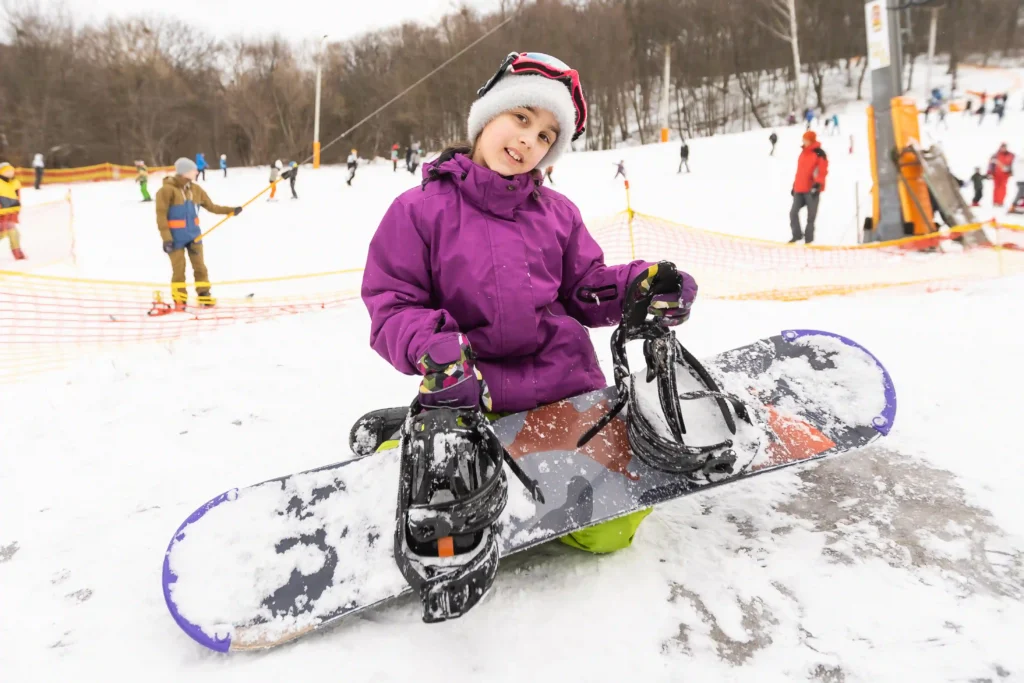
Checking Weather Forecasts
Before hitting the slopes, check the weather forecast. Conditions can change quickly in mountainous areas, so being prepared is crucial for safety. Look for updates on temperature, wind speed, and visibility, as these affect snowboarding.
Extreme weather, like heavy snow or strong winds, can be hazardous. If severe weather is forecasted, consider postponing your trip or choosing another day for a safer experience.
Understanding Slope Ratings
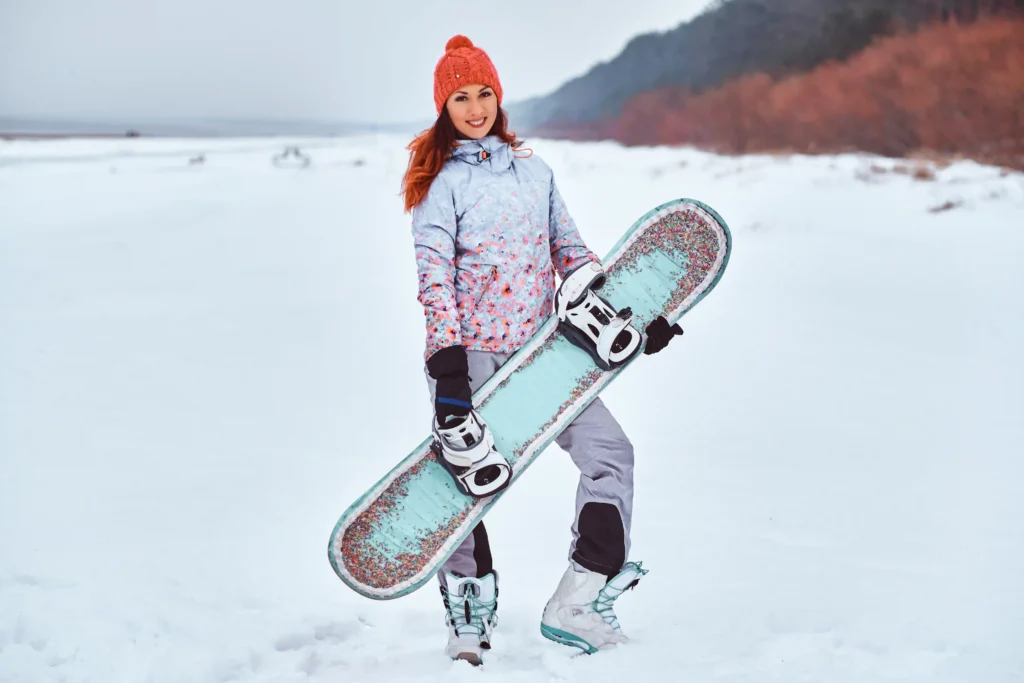
Slope ratings provide valuable information about the difficulty level of different trails. Familiarize yourself with the color-coded rating system used by ski resorts:
- Green circles indicate beginner slopes, which are gentle and ideal for practicing basic skills.
- Blue squares represent intermediate slopes with steeper sections and varying terrain.
- Black diamonds signify advanced slopes designed for experienced snowboarders, often featuring challenging terrain and obstacles.
Start with beginner slopes to build your confidence and gradually progress to more challenging trails as you improve. Never attempt a slope beyond your skill level, as this can lead to accidents and injuries.
Conclusion
Snowboarding is an exhilarating sport that offers a unique blend of excitement and adventure. By following these beginner snowboarding safety tips, you can enjoy the thrill of the slopes while minimizing potential risks. Remember to choose the right gear, practice essential exercises, understand the Snowboarder Responsibility Code, and stay aware of weather conditions and slope ratings.
Regular practice and continuous learning are key to becoming a proficient snowboarder. Take your time to master the basics and gradually challenge yourself with more advanced techniques. With dedication and the right approach, you’ll soon be shredding the slopes with confidence and style.
